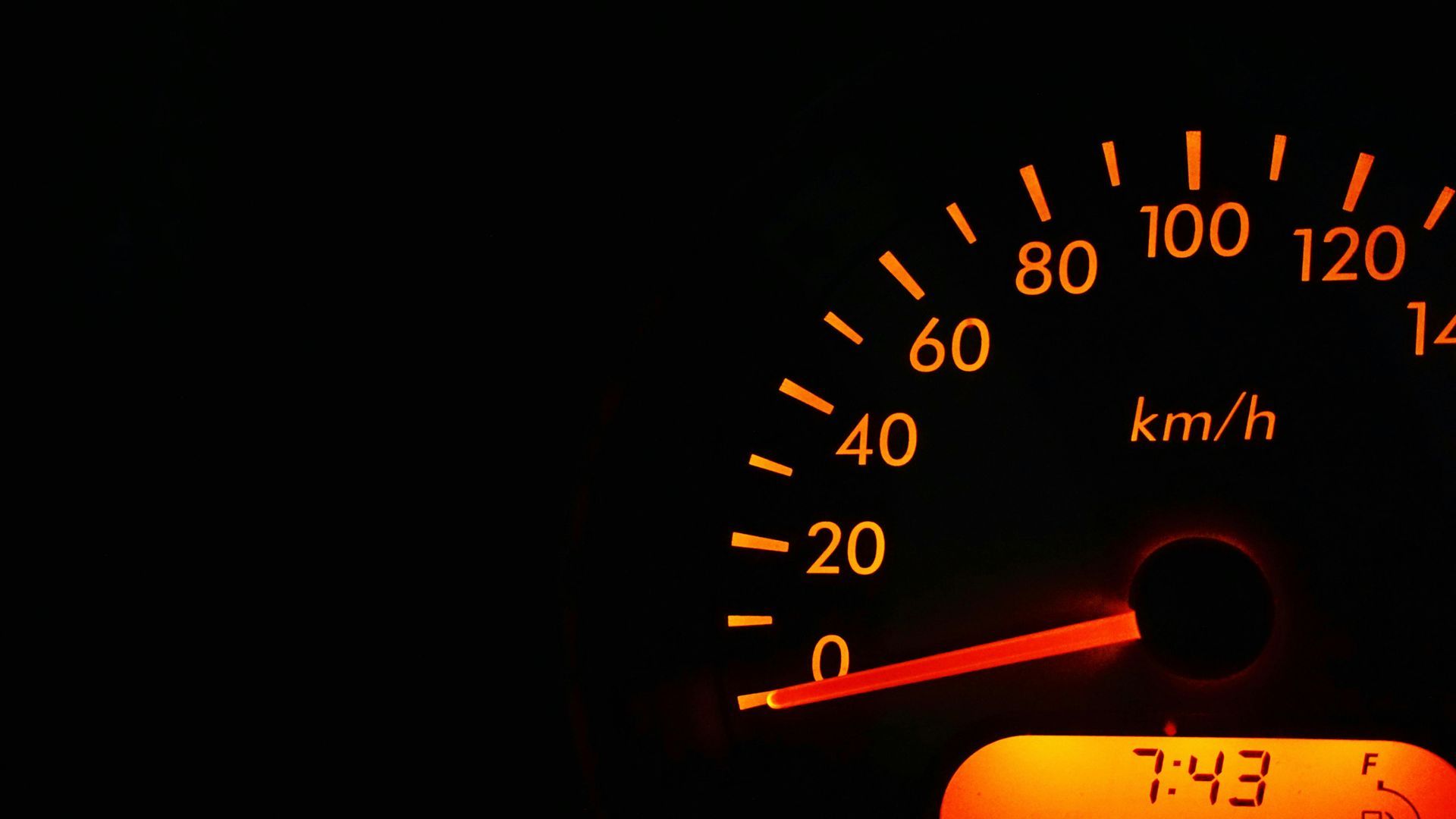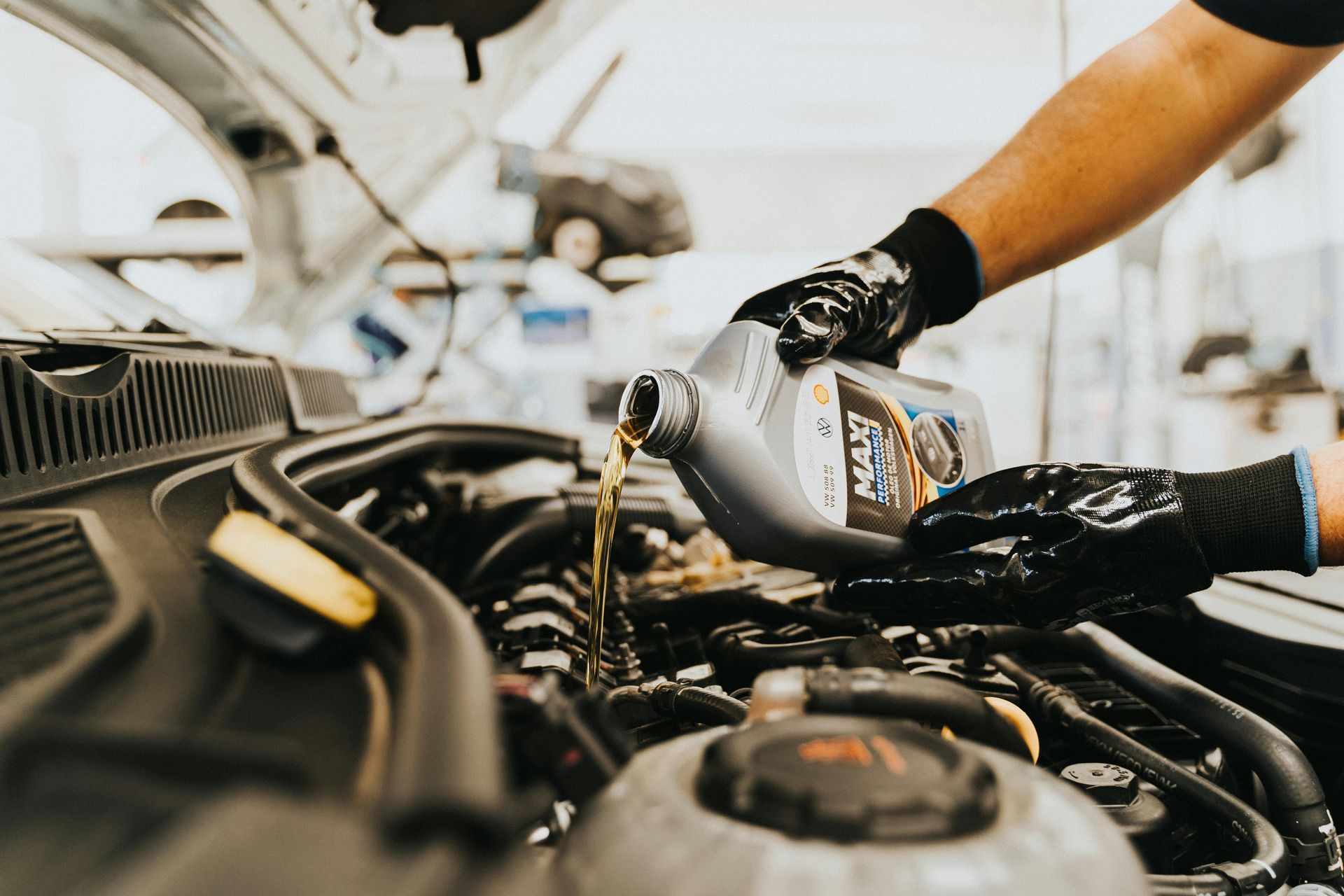Decoding Your Vehicle's Warning Lights: A Complete Driver's Guide
Your car's dashboard is like a communication center, constantly monitoring dozens of systems and alerting you when something needs attention. For drivers in Warrenton and throughout Northern Virginia, knowing what these warning lights mean can be the difference between a simple fix and a costly roadside emergency on busy routes like Highway 29 or Interstate 66.
Many drivers panic when warning lights appear, while others ignore them completely. Both approaches can lead to expensive problems. Learning to interpret these signals helps you make informed decisions about when to pull over immediately and when you can safely drive to a service center.
Why Warning Lights Matter More Than Ever
Modern vehicles are equipped with sophisticated computer systems that monitor everything from engine performance to tire pressure. These systems are designed to catch problems early, often before you notice any symptoms. Ignoring these early warnings can turn minor issues into major repairs.
In Northern Virginia's varied driving conditions—from stop-and-go traffic in Fairfax to rural roads around Fauquier County—your vehicle's systems work harder and face more stress. Warning lights become your first line of defense against breakdowns that could leave you stranded far from help.
Critical Warning Lights That Demand Immediate Action
Engine Temperature Warning
What It Looks Like: Usually a thermometer icon or the word "TEMP"
What It Means: Your engine is overheating, which can cause severe damage within minutes.
What to Do: Pull over safely immediately, turn off the engine, and wait for it to cool completely before checking coolant levels. Never remove the radiator cap when the engine is hot.
Why It's Serious: Overheating can warp engine components, blow head gaskets, or crack the engine block—repairs that cost thousands of dollars.
Oil Pressure Warning
What It Looks Like: An oil can icon or oil drop symbol
What It Means: Your engine isn't getting adequate oil pressure, which means moving parts aren't properly lubricated.
What to Do: Stop driving immediately and check your oil level. If oil is adequate but the light remains on, you likely have a pump or pressure problem requiring immediate professional attention.
The Danger: Continuing to drive without proper oil pressure can destroy your engine in minutes.
Brake System Warning
What It Looks Like: The word "BRAKE" or an exclamation point inside parentheses
What It Means: Problems with your brake system, from low brake fluid to worn brake pads or ABS malfunctions.
What to Do: Test your brakes gently in a safe area. If the pedal feels soft, spongy, or goes to the floor, stop driving immediately. If brakes feel normal, you can drive carefully to a service center.
Important Warning Lights That Need Prompt Attention
Check Engine Light
What It Looks Like: An engine outline icon, sometimes with the words "CHECK ENGINE"
What It Means: Your vehicle's computer has detected a problem with the engine, transmission, or emissions system.
What to Do: If the light is steady, you can usually continue driving but should schedule service soon. If it's flashing, reduce speed and get professional help immediately—a flashing check engine light indicates serious problems that can cause expensive damage.
Battery Warning Light
What It Looks Like: A battery symbol
What It Means: Your charging system isn't working properly, meaning your battery isn't being recharged while driving.
What to Do: You can drive for a limited time on battery power alone, but your car will eventually stall. Head to a service center immediately, and avoid using accessories that drain the battery.
Power Steering Warning
What It Looks Like: A steering wheel icon
What It Means: Your power steering system has lost pressure or electrical power.
What to Do: You can still steer, but it will require much more effort. Drive carefully at reduced speeds to a service center.
Maintenance Reminder Lights
Oil Change Reminder
What It Looks Like: "MAINT REQD," oil can, or percentage display
What It Means: Your vehicle's computer calculates when oil changes are due based on driving conditions and mileage.
What to Do: Schedule an oil change soon. While not an emergency, overdue oil changes reduce engine life and can void warranties.
Tire Pressure Monitoring System (TPMS)
What It Looks Like: Exclamation point inside a tire shape
What It Means: One or more tires has significantly low pressure.
What to Do: Check all tire pressures including the spare. Virginia's temperature changes can cause pressure fluctuations, especially during seasonal transitions.
Modern Technology Warning Lights
ABS Warning Light
What It Looks Like: The letters "ABS"
What It Means: Your anti-lock brake system isn't functioning, though regular brakes still work.
What to Do: Drive carefully, allowing extra stopping distance. Your brakes work normally, but you won't have anti-lock protection in emergency stops.
Airbag Warning Light
What It Looks Like: A seated figure with a circle in front
What It Means: Your airbag system has detected a malfunction.
What to Do: While your car is safe to drive, your airbags might not deploy in an accident. Have this diagnosed promptly for your safety.
Electronic Stability Control (ESC)
What It Looks Like: Car with curved lines behind it
What It Means: The system is either actively helping you maintain control or has detected a malfunction.
What to Do: If it flashes during driving, the system is working to help you maintain control. If it stays on constantly, there's a system problem that needs diagnosis.
What Colors Mean
Red Lights: Immediate attention required. These indicate safety issues or problems that can cause severe damage.
Yellow/Orange Lights: Caution required. Service needed soon, but usually not an immediate emergency.
Green/Blue Lights: Informational. These typically indicate that systems are operating (like turn signals or high beams).
When to Seek Professional Help
Some warning lights require immediate professional attention, especially if you drive a Toyota, Lexus, or other Japanese vehicle with complex electronic systems. Modern vehicles use sophisticated diagnostic procedures that require specialized equipment and training.
Professional diagnosis becomes essential when:
- Multiple warning lights appear simultaneously
- Lights come on intermittently
- You're unsure about the severity of the problem
- Simple fixes like adding fluids don't resolve the issue
Local Driving Considerations
Driving around Warrenton and Northern Virginia presents unique challenges that can trigger warning lights. Heavy traffic generates more heat, affecting cooling systems. Rural roads create more dust and debris that can clog filters. Seasonal temperature changes affect tire pressure and fluid viscosities.
Being familiar with your warning lights becomes especially important during busy travel periods when traffic is heavy on routes like Route 211 or during severe weather when getting help might be difficult.
Don't Ignore the Signs
Your vehicle's warning lights are designed to protect both you and your investment. Ignoring them might save time initially, but often leads to much larger problems and expenses later. A $50 repair today might prevent a $2,000 problem next month.
Modern vehicles are remarkably reliable, but they depend on regular maintenance and prompt attention to warning signs. Your dashboard lights are your car's way of asking for help—listening to them keeps you safe and saves money.
Expert Diagnostic Services in Warrenton
When warning lights appear on your dashboard, don't guess what they mean. At Ish Auto Clinic, our ASE Master Certified technicians use advanced diagnostic equipment to quickly identify exactly what your vehicle is trying to tell you. We specialize in Toyota, Lexus, and Japanese vehicle systems, ensuring accurate diagnosis and proper repairs.
Our state-of-the-art diagnostic tools can read trouble codes, perform system tests, and provide detailed reports about your vehicle's condition. Whether it's a simple maintenance reminder or a complex electronic issue, we'll explain what's wrong and provide honest recommendations for repairs.
Located at 122 Sullivan St in Warrenton, we're here to decode your warning lights and keep your vehicle running safely. Call (540) 349-4178 today to schedule your diagnostic service and get the answers you need.











